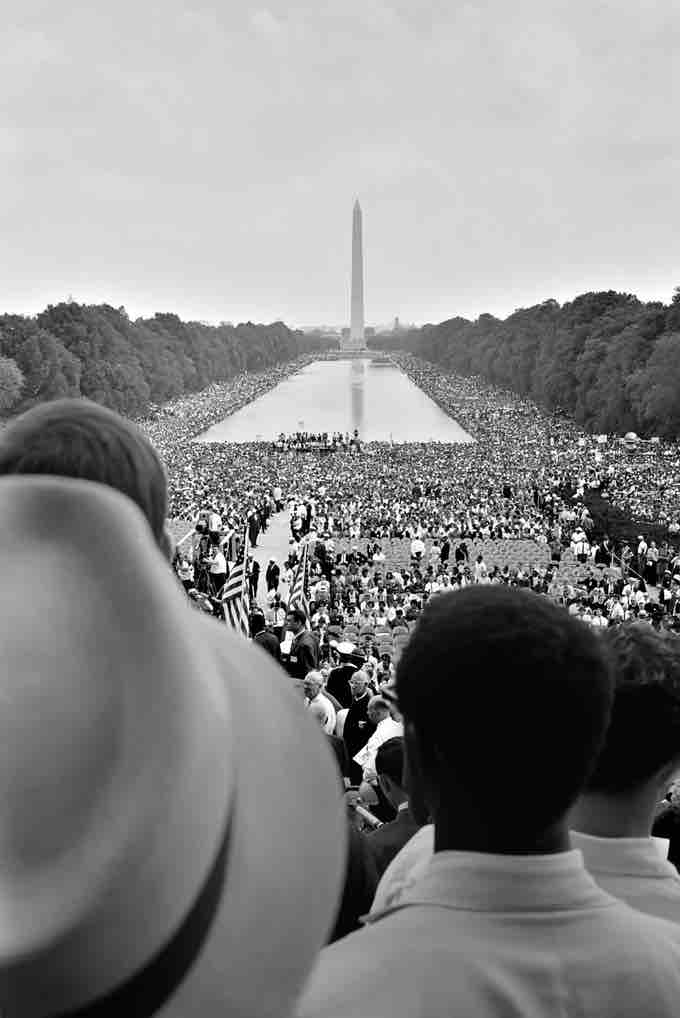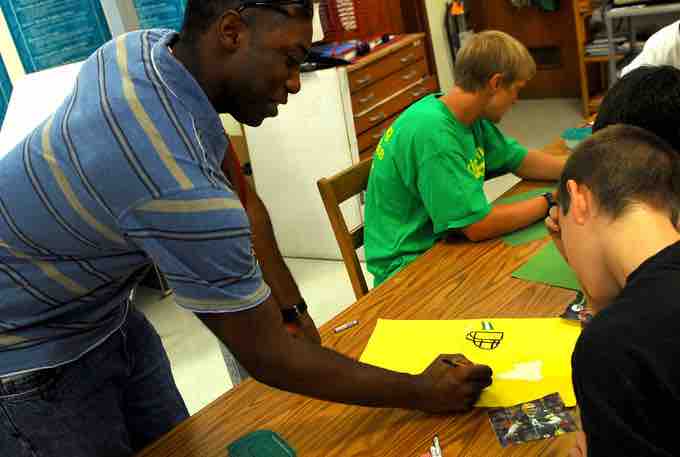Far more people participate in politics by voting than by any other means, yet there are many other ways to take part in politics.
Contacting Public Officials
Expressing opinions to leaders is one avenue of political participation. The number of people contacting public officials at all levels of government has risen markedly over the past three decades. Seventeen percent of Americans contacted a public official in 1976. By 2008, 44 percent of the public had contacted their member of Congress about an issue or concern. E-mail has made contacting public officials cheaper and easier than the traditional method of mailing a letter.
Donating Money, Time, and Resources to a Campaign
The number of people who give money to a candidate, party, or political organization has increased substantially since the 1960s. Over 25 percent of the public gave money to a cause and 17 percent contributed to a presidential candidate in 2008. Direct mail and e-mail solicitations make fundraising easier, especially when donors can contribute through candidate and political-party websites. A positive side effect of fundraising campaigns is that people are made aware of candidates and issues through appeals for money.
During campaigns, people may work for political parties or candidates, organize campaign events, and discuss issues with family and friends . Generally, about 15 percent of Americans participate in these types of campaign activities in an election year. New media offer additional opportunities for people to engage in campaigns. People can blog or participate in discussion groups related to an election. They can use social media sites, like Facebook, to recruit supporters, advertise for campaign events, or encourage friends to donate money to a candidate.

Participating in campaigns
Making phone calls during a campaign can be an important way for citizens to participate in politics.
Running for Office
Another avenue for political participation is running for office. Being a public official requires a great deal of dedication, time, energy, and money. About 3 percent of the adult population holds an elected or appointed public office.
Participating by Protesting
Political protest activity represents another sphere of political participation. Protests involve unconventional, and sometimes unlawful, political actions that are undertaken to gain rewards from the political and economic system. Protest behavior can take many forms. People can engage in nonviolent acts of civil disobedience where they deliberately break a law that they consider to be unjust. This tactic was used effectively during the 1960s civil rights movement . Other forms of protest behavior include marking public spaces with graffiti, demonstrating, and boycotting. Extreme forms of protest behavior include acts that cause harm, like bombing a building or rioting. Members of social movements may resort to rioting when they perceive that there are no conventional alternatives for getting their message across.

March on Washington for Jobs and Freedom, 1963
Interest groups may attempt to influence policy through public opinion campaigns, demonstrating that the electorate favors a particular policy stance.
Being a Part of Civil Society
About half the population takes part in national and community political affairs by joining an interest group, issue-based organization, civic organization, or political party. Organizations with the goal of promoting civic action on behalf of particular causes, or single-issue groups, have proliferated. These groups are as diverse as the People for the Ethical Treatment of Animals (PETA), which supports animal rights, to the Concord Coalition, which seeks to protect Social Security benefits.
Even activities that on the surface do not seem to have much to do with politics can be a form of political participation. Coaching a little league team, volunteering at a nursing home, or working at a homeless shelter all represent participation in civil society, the community of individuals who volunteer and work cooperatively outside of formal governmental institutions. Civil society depends on social networks, based on trust and goodwill, that form between friends and associates and allow them to work together to achieve common goals. Community activism is thriving among young people who realize the importance of service that directly assists others. Almost 70 percent of high school students and young adults aged eighteen to thirty report that they have been involved in community activities .

Volunteering as political participation
Volunteering is another form of political participation and a crucial part of a healthy civil society.
Participating in Support Activities
People also can take part in support activities, which are more passive forms of political involvement. They may attend concerts or participate in sporting events associated with causes, such as the "Race for the Cure" for breast cancer. These events are designed to raise money and awareness of societal problems, such as poverty and health care. Support activities can lead to active participation, as people learn about issues through these events and decide to become involved.
Symbolic Participation and Symbolic Non-Participation
People also can engage in symbolic participation, routine or habitual acts that show support for the political system. People salute the flag and recite the pledge of allegiance at the beginning of a school day and they sing the national anthem at sporting events. Symbolic acts are not always supportive of the political system. For example, some people may refuse to vote to express their dissatisfaction with government.